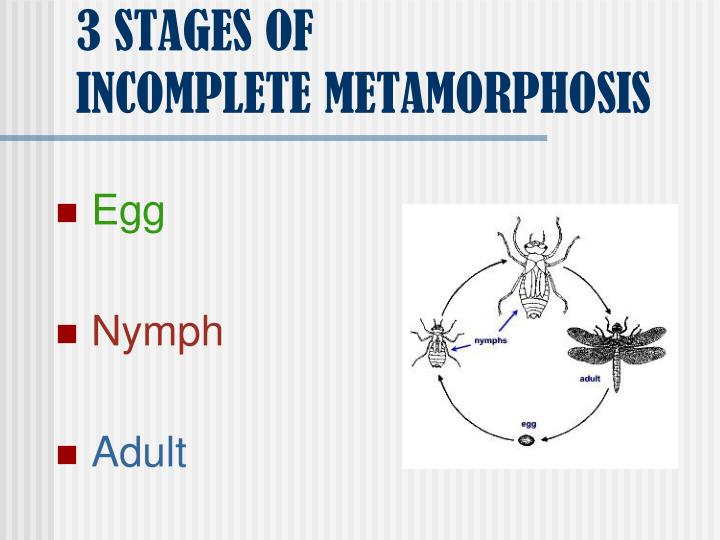
In pro-metamorphosis, the hypothalamus and pituitary link develops. The hypothalamus – pituitary link is poorly developed. In pre-metamorphic stage the prolactin level is high but levels of thyroid stimulating hormone (TSH) and thyroid hormone (T 3, T 4) are low. Then it is capable to synthesize a hormone, thyrotropin (Thyroid Stimulating Hormone, TSH) which acts on the thyroid, stimulating the production and secretion of triiodothyronine (T 3) and thyroxine. These thyroid hormones are produced by the induction of anterior pituitary lobe or pars distalis when it reaches certain degree of differentiation. Two hormones such as Triiodothyronine (T 3) and Tetraiodothyronine (T 4) or thyroxine are necessary for biochemical and morphological changes during anuran metamorphosis. This is a shift from ammonotelism to ureotelism with the change of environment from aquatic medium to land. But after metamorphosis, the toads and frogs excrete most of their nitrogen in the form of urea. (ii) During the larval stage, the end product of nitrogen metabolism is ammonia. This is related to the increased role of the liver. (i) At the beginning of metamorphosis, the pancreas starts to secret insulin and glucagon hormones. Iv) Alkaline phosphatase and hydrolase decrease in adult stage of the anurans. (iii) In the liver, DNA synthesis, lipid synthesis, enzymes for ornithine urea cycle increase during adult stage. (ii) Biosynthesis and concentration of haemoglobin are greater in adult than in larvae. (i) The concentration of serum protein becomes about double during metamorphosis. Biochemical changes during metamorphosis : (viii) Pronephros is replaced by mesonephros.ģ. (vii) Three chambered heart develops from two-chambered heart. (iv) External nostrils communicate with buccal cavity through internal nostrils. (iii) The eyes become large and prominent and develop eye-lids and nictitating membrane.
Incomplete metamorphosis free#
(ii) The tongue becomes long and more elastic which is free and bifid posteriorly. (i) The fore and hind limbs increase in size. (vi) The lateral line sense organ disappears. (v) The changes of the blood vascular system take place and ultimately some blood vessels are reduced. (iv) The length of the alimentary canal much reduces. (iii) The external gills disappear and the gill slits communicate to the pharyngeal cavity. (ii) The horny jaws with teeth are shed and mouth becomes a large transverse slit. (i) The tissues of tail and tailfin are completely absorbed into the body. (iv) In the first stage of adult toad, they jump into nearby pond and in other aquatic medium, and then jump on the land by their elongated hind limbs. (iii) The praying habits develop by the adults and the adult animals become more active and swift moving. (ii) The herbivorous tadpole larva changes into carnivorous specially consume the insects (insectivorous). (i) With the metamorphosis, the metamorphosed larva leaves aquatic medium and frequently visits the land. Changes of tadpole in habit and habitat : The changes that take place in the tadpole can be divided into four groups.ġ. It now changes its food habit to become carnivorous type, as a result the alimentary canal becomes short and less coiled.

The mouth becomes wider and a pair of true bony jaws replaces the horny jaws.ģ. After the absorption of tail, the young toad leaves the primal aquatic home and comes to the land and hops.Ģ. The material of the tail becomes eventually absorbed into the body.ġ. As the limbs are developing, the animal enters into a period of starvation.ġ6. At this stage it looks like a miniature toad except having a tail.ġ5. When the lungs become fully developed, the internal gills become degenerated.ġ4. At this stage both the internal gills as well as the newly formed lungs are functional.ġ3. The forelimbs remain first hidden under the operculum and subsequently emerge through it.ġ2. The hind limbs appear prior to the forelimbs.ġ1.


 0 kommentar(er)
0 kommentar(er)
